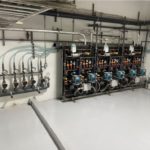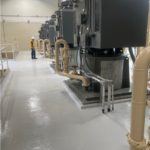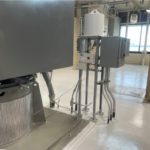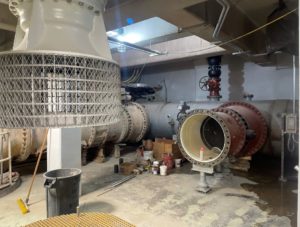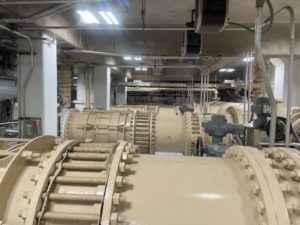Lake Arlington Pump Station Shared Operations Improvements
In Texas, the City of Arlington and the Trinity River Authority entered into a partnership to share, renew and operate an existing raw water pump station. The two different owners operate separate raw water pump stations, on Lake Arlington, that service 600,000 people, are less than 600 feet apart and have operated since 1974 and 1957, respectively.
Both owners’ pump stations needed improvements to their respective pump stations with upgrades to pumps, motors, drives, electrical systems, SCADA, doors, glazings and finishes. If performed separately, the estimated total project cost would be $35 million. Combined improvements were anticipated to save at least $8 million.
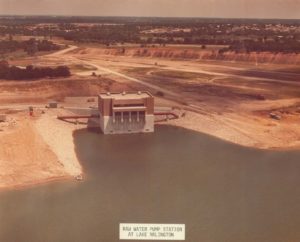
An Agreement Between Both Parties
Both entities chose to have an interlocal agreement and shared improvements. This established the expectations for joint use, operations, maintenance and cost sharing.
Benefits of sharing the pump station:
- LARWPS capacity exceeds AWU’s needs
- Service life will be extended for an additional 25 years
- Upgrades and updates to operations will improve O&M costs and protocols
- Shared operations increase redundancy
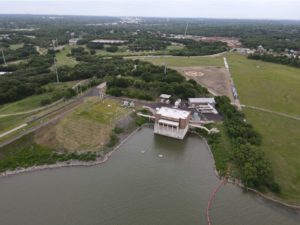
Documenting Ownership was a crucial step for an interlocal agreement to coordinate ownership, operations and maintenance, costs and responsibilities related to capital improvements, shared power and consumables like chemicals on a shared facility. There were two separate agreements:
- One for design phase and construction general rep and resident rep services
- One to cover ongoing operations and maintenance costs
With this agreement, the project cost under contract was $22 million, which resulted in a $13 million savings from the estimate. The project was awarded to Archer Western in 2020 and construction was completed in Spring 2022.
Improvements Made
The Freese and Nichols team addressed revised operational demands and plans and developed a physical model to determine if wet well modifications were required for the higher operating flowrates. The following major electrical and site improvements were also included in the joint project:
- New VFDs
- Medium voltage switchgear addition
- New primary electrical service and fully redundant transformers,
main-tie-main - Electrical building expansion to house the new gear and HVAC components
- New instrumentation
- Piping improvements: new yard pipe along dam for TRA 60-inch connections; new 54-inch flow meter for the City of Arlington
Each Owner also has three pumps: three 40 MGD pumps for the City of Arlington and three 48.5 MGD pumps for TRA; an existing 60-inch discharge header is shared and split with a 60-inch butterfly valve.
Gathering Data
The consultant brought in a special tool to record the as-built condition of the pump station and electrical building while a two-person crew used a rotating camera at several locations around the facility to take pictures — this exercise took 90 minutes to setup and record. The data was then taken back for post-processing and the Freese and Nichols team was able to have a web-based 3D walkthrough that same afternoon — this information has been used by the Consultant and Owners for coordination and design.
Preparing for the Future
The facility will have equipment for zebra mussel mitigation. Although zebra mussels are not an existing threat in Lake Arlington, the facilities are prepared for their anticipated arrival. The pump station improvements include provisions to protect the wet well and water transmission assets from zebra mussel attacks.
The new copper based molluscicide will serve dual purpose at the pump station: protection from zebra mussels and providing benefits for taste and odor. TRA uses copper sulfate at the existing RWPs for water quality in the transmission lines for taste and odor. The chemical feed system will be plumbed directly into each of the Owner’s discharge headers as well as plumbed to the wet well intake gates.
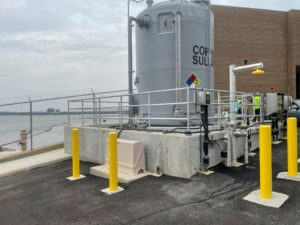
Freese and Nichols was able to help achieve the entities’ shared goals for improved reliability, flexibility, water quality, power efficiency and ease of operations and maintenance through combined design, construction phasing, equipment and construction procurement using competitive sealed proposals for value-based selection while also lowering project costs.


